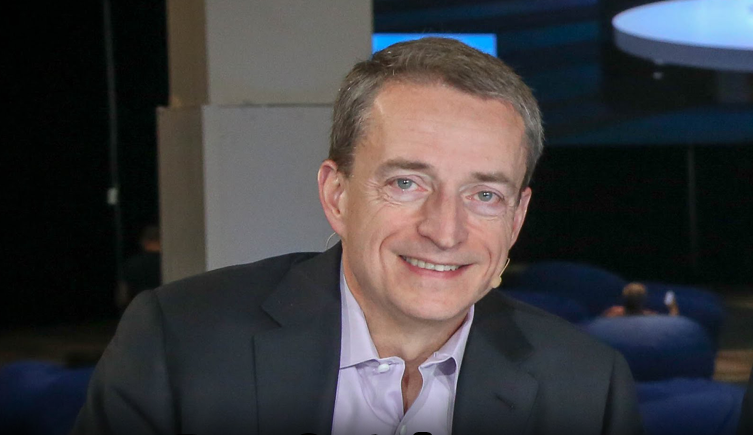 CLOUD
CLOUD
 CLOUD
CLOUD
 CLOUD
CLOUD
Continuing to defy predictions that its core computing virtualization product is headed for decline, VMware Inc. reported fiscal second-quarter earnings today that beat expectations for both revenue and earnings per share.
The Palo Alto, California-based company also raised its third-quarter and full-year outlook, citing strong customer response to its partnerships with Amazon Web Services Inc. and IBM Corp., as well as adoption of its new hybrid cloud offerings.
Second-quarter revenue rose 13 percent from a year ago, to $2.17 billion, ahead of analysts’ forecasts of $2.15 billion. License revenue rose a bit more, up up 15 percent to $900 million.
VMware reported net income of $638 million, or $1.54 per diluted share, up 14 percent from a year ago and ahead of estimates as well as its own guidance of $1.49 per share.
The company’s closely watched operating margins also grew, along with cash flows. VMware said product license bookings grew in the double digits year-over-year in all major product categories, and that even virtualization revenues grew in the high single digits.
The company expects its low double-digit percentage revenue growth to continue. It raised its revenue forecast for the current quarter to $2.2 billion, up 11 percent over last year, and its fiscal 2019 total revenue forecast to $8.28 billion, up 12 percent. “We feel good about both license and total revenue for the rest of the year,” said Chief Financial Officer Zane Rowe.
Investors weren’t as enthused. They knocked the stock back about 3.5 percent after hours, even after the company raised its quarterly and full-year forecasts.
Still, VMware continues to defy gravity, meaning critics who say the combination of cloud migrations and pressure from low-cost virtual-machine-like containers will cannibalize the vSphere cash cow. “Microsoft couldn’t kill it by giving away Hyper-V for free. Open source hypervisors didn’t stop it, and even threatening changes to some vendors’ software licensing fees couldn’t slow it down much,” said Charles King, president and principal analyst at Pund-IT Inc. “It hasn’t always been quick out of the blocks, but the company eventually survives and thrives.”
Sales of vSphere licenses for on-premises deployment continue to be strong, while new strategic areas like its NSX network virtualization platform are growing sharply. Sales of NSX licenses jumped 40 percent this quarter and the platform has been adopted by 82 of Fortune 100 companies, said Chief Executive Pat Gelsinger (pictured). “They are quickly seeing it become the standard for software-defined networking,” he said.
Also off to a strong start is the company’s new VMware Cloud Provider Program, which comprises both a suite of VMware cloud products and offerings from third parties. VCCP revenue grew 30 percent in the quarter, and the bulk of sales included vSphere, Gelsinger said.
A nearly two-year-old partnership with Amazon Web Services Inc. has had “great uptake,” he added. “We have hundreds of paid customers on the platform, and momentum was picking up toward the end of Q2,” he said. A similar partnership with IBM has attracted 1,700 customers.
“VMware is doing better than anyone expected as its private cloud offering has become the ‘easy’ button in the enterprise software-defined space,” said Patrick Moorhead, president and principal analyst at Moor Insights & Strategy, referring to Staples Inc.’s iconic ad campaign. “It does have some exposure with containers, but I expect it to be a player in this space in the future.”
Containers, the miniature virtual machines that are so popular in information technology organizations right now, actually haven’t been a drag on sales, Gelsinger said. In fact, they are driving some new business. “The vast majority of containers are running on virtual machines,” he said.
Also driving new business is an apparent shift in customer attitudes away from the cloud and back toward the data center — the topic of an upcoming SiliconANGLE special report on the future of the data center. International Data Corp. recently reported that 80 percent of cloud adopters have moved one or more workloads back on-premises from the public cloud environment or plan to do so for reasons that includes security, performance and data ownership.
VMware plans to announce new products at its VMworld conference next week in Las Vegas that enable that shift. “We’ll demonstrate how to ‘lift and shift’ not only to the cloud but from the cloud,” Gelsinger said.
THANK YOU